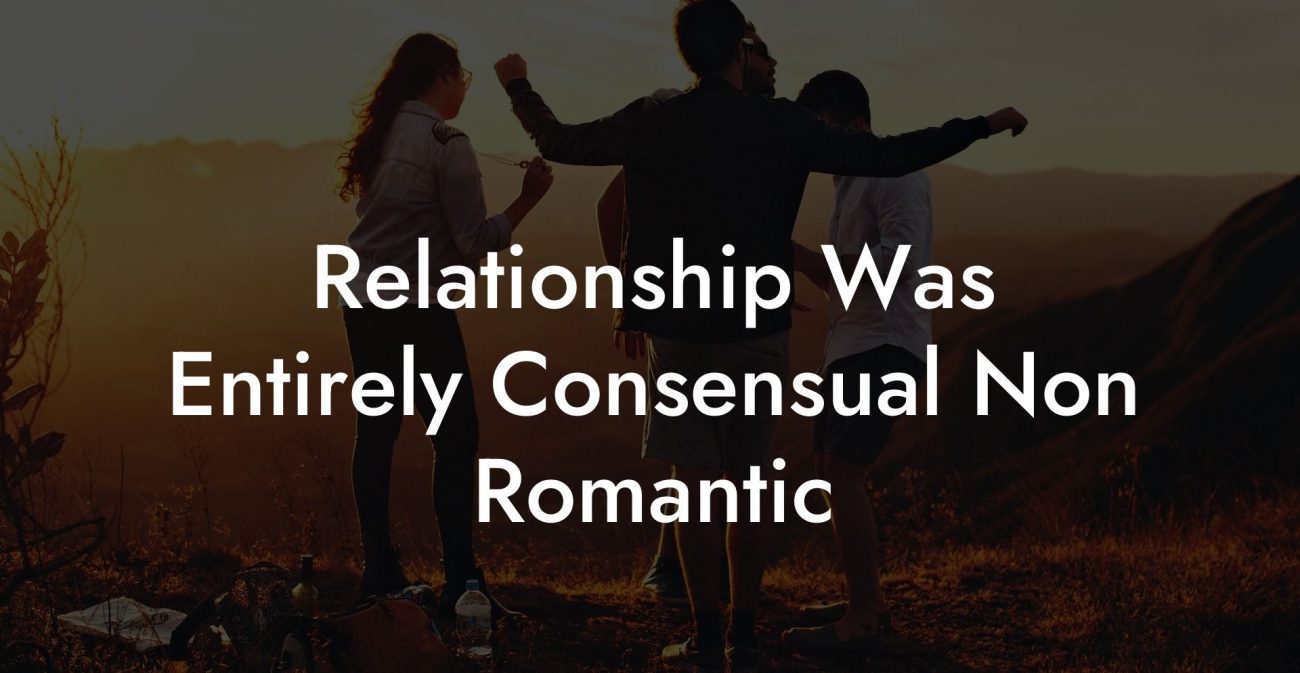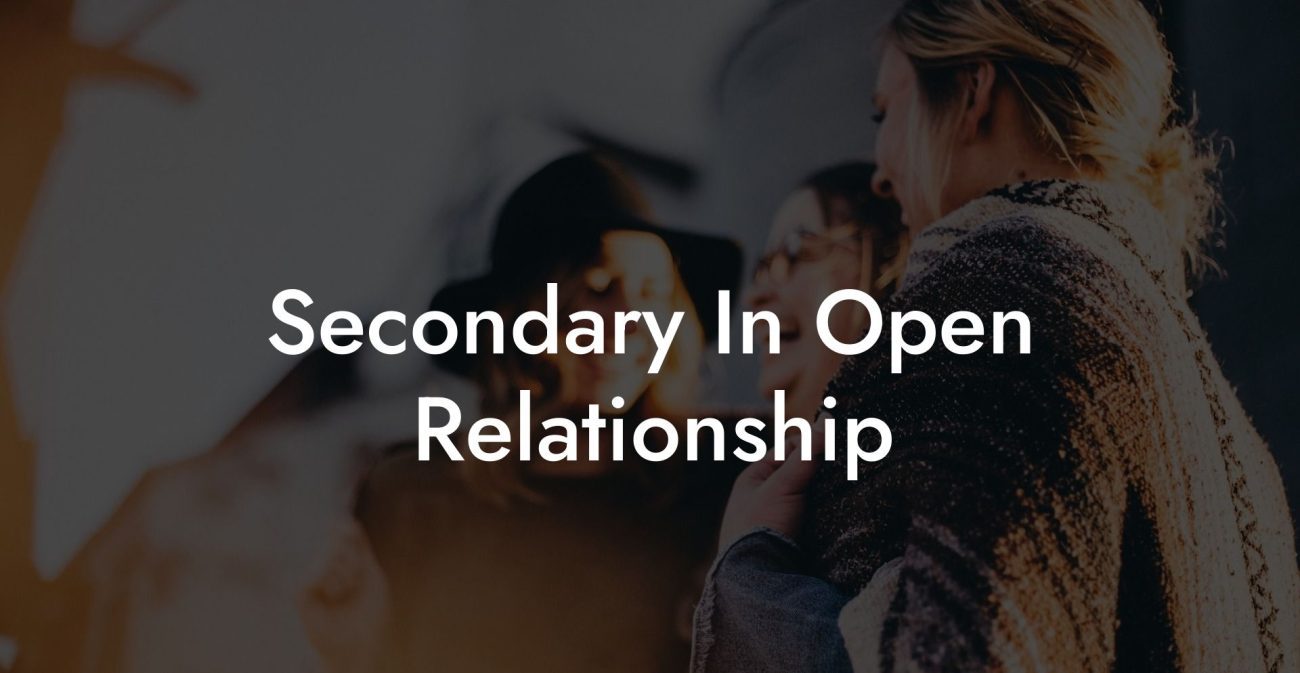Navigating the world of polyamory can be an eye-opening and fascinating journey. But as with any new venture, it comes with its own unique vocabulary. In this article, we'll explore the key terms used in polyamorous relationships, giving you a better understanding of the concepts and language behind this modern approach to love and connection.
Primary and Secondary
The terms "primary" and "secondary" partners are often used in hierarchical polyamorous relationships. A primary partner is typically the person with whom you have the most significant emotional and/or romantic bond. This might be your spouse or longtime partner, and they may have privileges or expectations that other partners do not.
A secondary partner, on the other hand, is someone you may have a more casual or less committed relationship with. This doesn't diminish the importance of these connections; it's simply a way to differentiate the varying levels of commitment and priority given to each partner.
Metamour
A metamour is the partner of your partner, with whom you do not have a direct romantic relationship. Essentially, they're your "partner-in-law." For example, if you have a partner named Alex and Alex has another partner named Jamie, then Jamie is your metamour.
Maintaining healthy communication and relationships with metamours is crucial in polyamory, as it helps to foster a sense of trust, respect, and support within the larger relationship network.
Nesting Partner
A nesting partner is someone you share a living space with, whether it be an apartment, house, or even a room within a shared communal space. Nesting partners may or may not be romantic partners, but they often share financial responsibilities and collaborate on day-to-day household tasks.
In polyamory, having a nesting partner can signify a certain level of commitment that may not be present with other partners – though this isn't the case for everyone.
Compersion
Often referred to as the opposite of jealousy, compersion is the feeling of happiness and joy experienced when a partner is genuinely happy in another relationship. It's the ability to share in your partner's pleasure and success.
Compersion is considered a cornerstone of healthy polyamory, as it showcases trust, empathy, and acceptance that partners can and will have meaningful connections with other people.
Fluid Bonding
Fluid bonding is the decision to engage in unprotected sex with a partner, often signifying a deep level of trust between individuals. Fluid bonded partners usually have an agreement to only engage in protected sex with other people outside of their bond. This is particularly important in polyamorous relationships to maintain sexual health and safety for everyone involved.
If you're considering fluid bonding with a partner, it's essential to have open conversations about consent, protection, and regular STI testing.
NRE (New Relationship Energy)
New Relationship Energy, or NRE, is the affection and excitement that comes with a new relationship. It's the honeymoon phase – the butterflies, the late-night conversations, and the seemingly endless passion. NRE is not exclusive to polyamorous relationships but can be particularly impactful in them.
In polyamory, it's essential to recognize that NRE might be temporary but is a valid experience that should be acknowledged and managed with communication and understanding.
Polyamory Terminology Example:
Imagine a polyamorous person named Taylor, who has a nesting partner and primary partner named Sam, and a secondary partner named Jordan. Taylor also experiences compersion when Jordan starts a new relationship with another person named Alex. In turn, Taylor becomes metamours with Alex. Taylor decides to become fluid bonded with Sam and ensures they engage in protected sex with other partners.
As you dive deeper into the world of polyamory, understanding the terminology is not only beneficial for your relationships but helps create a strong foundation for open communication. By familiarizing yourself with these terms, you'll be better equipped to navigate the unique dynamics of polyamorous relationships and foster connections built on trust, consent, and love. If you enjoyed this guide and want to learn more about polyamory, please share this post and explore other informative articles on The Monogamy Experiment blog.













